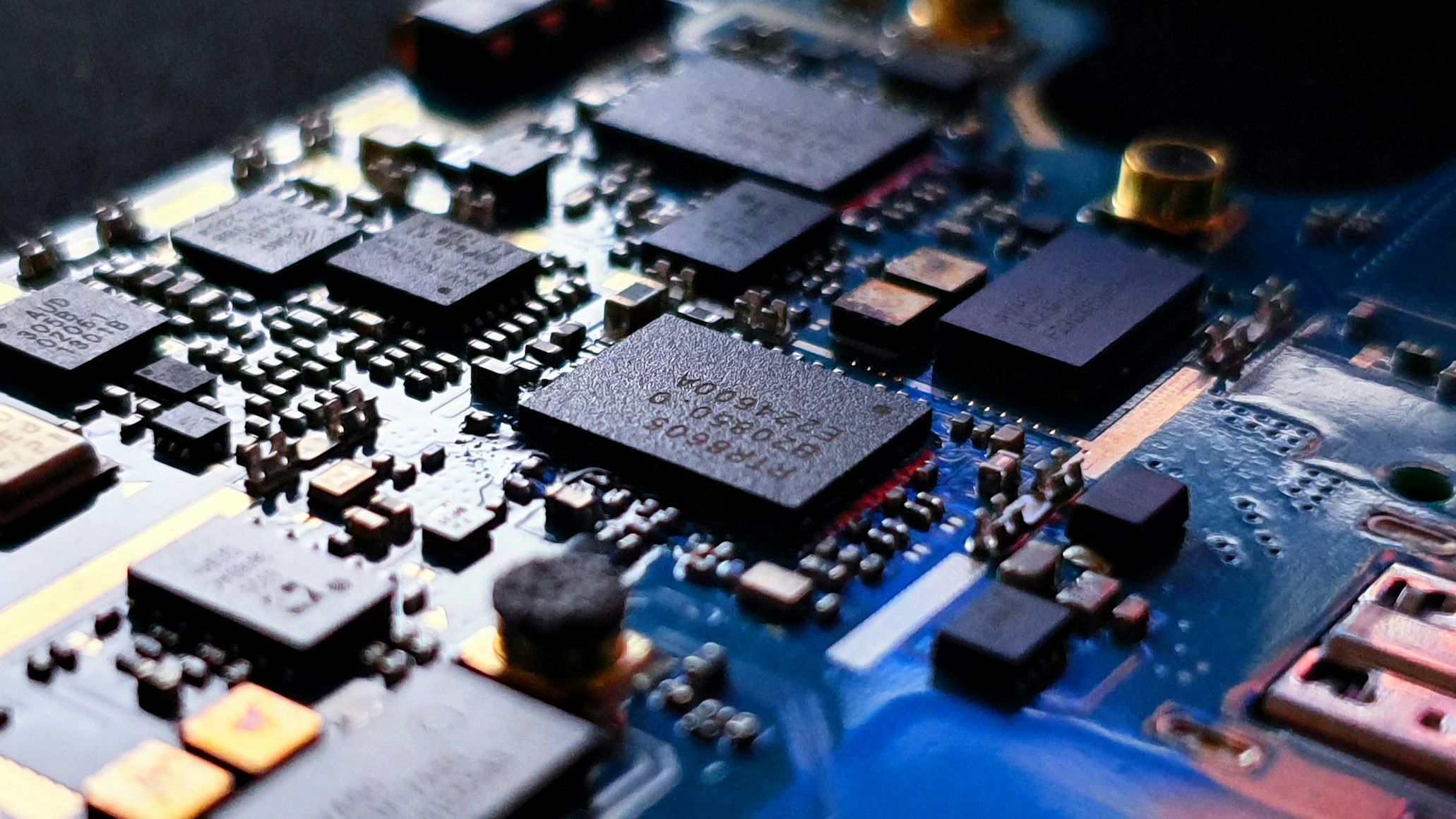Why the Neuralink will ever work
Aug 22., 2021Neurolink, a theoretical implantable device that connects the human brain to a computer, has been the subject of much speculation and discussion in recent years. While the concept of a direct brain-computer interface is intriguing, there are many factors that suggest that Neurolink will never exist in its current form.

One of the biggest challenges facing Neurolink is cost. The faster and more sophisticated the chip that would be required to make the device function, the more expensive it would become. For many people, the cost of such a device would be prohibitive, especially considering the fact that the technology is still in its early stages and is likely to experience rapid advances in the coming years.
Another major challenge facing Neurolink is functionality and features. Some chips may be capable of doing more than others, and the capabilities of the device will depend on the type of chip that is used. However, as the technology evolves, it is likely that the range of capabilities will expand, which may lead to a need for replacement chips in order to take advantage of the latest advancements.
The battery life of Neurolink is also a concern. The device would require a power source in order to function, and there are currently no implantable batteries that have the capacity to power the device for an extended period of time. This could be a significant drawback for users, as it would mean that the device would need to be regularly recharged or replaced.
Another major concern is the organic compatibility of Neurolink. While the human body is capable of handling a wide range of foreign objects, there is no guarantee that it would be able to handle a device as invasive as Neurolink. There is also the possibility that the body may reject the device, leading to complications and even health problems.
The cost of surgery and maintenance is also a concern. Implanting the device would require a surgical procedure, and the cost of this procedure would be substantial. In addition, the device would require regular maintenance, which would add to the overall cost of ownership.
There are also concerns about hacking and data validity. As with any computer device, there is always the possibility that Neurolink could be hacked, which could compromise the privacy and security of the user. There is also the question of whether the data generated by the device would be accurate and reliable, as well as the possibility that someone could hack the device to access and manipulate the user's thoughts.
Finally, there is the risk of failure. The human brain is a complex and delicate organ, and there is always the possibility that the device could malfunction, leading to significant health problems or even death. Additionally, as the technology evolves, it is possible that the chip used in Neurolink may not be able to handle the latest features and apps, leading to the need for replacement.
In conclusion, while the concept of Neurolink is intriguing, there are many challenges that suggest that the device will never exist in its current form. From the high cost of development and maintenance, to the risks associated with organic compatibility, hacking, and failure, there are many factors that make the creation of a successful and practical brain-computer interface unlikely.